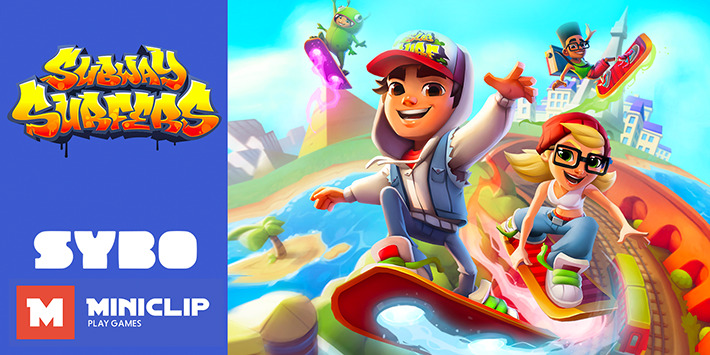Whenever I start playing a few Tiger111 com s on my Xbox 360, I couldn’t help but wonder how it all came to be. My parents always tell me that video games weren’t exactly popular back in the days and that it was considered an idea of the future. With this in mind, I began to recall my early childhood memories when it comes to video games. And since I didn’t have anything good to do today, I decided to do some research about the complete history of video game consoles.
To my surprise, I realized that the very first console I had back when I was a kid wasn’t exactly the “first game console”. I had this notion that my old console was the very first produced, so I guess it was indeed worth the time researching about video game consoles. In any case, let’s start our blast from the past as I take you back from the humble beginnings of our beloved video game consoles.
The idea of playing games in front of the television was considered absurd and a thing of the future. All except for one Ralph Baer who conceived one absurd idea; the ability to interact with your television, which includes playing games on it. This was in 1951 while building television sets for Loral in Bronx, New York. In 1966, he successfully developed a game called .
“Chase” where two dots chased each other around the screen. He showed the idea to his new boss, R&D owner Herbert Campman, he was given some funding and his project was taken by the company as an official one. A few years later, Ralph Baer successfully made the “Brown Box”, which is considered as the great grandfather of all video game consoles
A few years later, Magnavox decided to invest on video games and made the very first video game console called the Magnavox Oddysey. It was indeed an innovation as it was the first video game that can be connected to a television set. It was also the first when it comes to console peripherals as you can buy a light gun that you can connect to the console when playing shooting games.
In 1975, Atari came up with its own game console along with Pong, a game that would remain a popular concept until now. The console doesn’t have any controllers though; in fact, the console looks like a controller itself, so you could probably say that’s the grandfather of all handheld television games. Then, the Atari 2600 came.
Released in 1977, it would become so popular that it was the only console asides from Magnavox to survive the first game console crash of 1977. Both companies continued to make games for their respective game consoles until the second game console crash of 1983. Atari and Magnavox suffered from having too many badly developed games, which explains why Nintendo became a very popular gaming brand in this era. It was in this year where the Nintendo Entertainment System was developed and released.
In Japan, it was called “Famicom” while in North America, it was either called “NES” or just plain “Nintendo”. This was my very first video game console and as far as I can remember, I played tons of games with this console. Super Mario Brothers, Legend of Zelda, Contra, Megaman, and a bunch of other games filled my cabinet instead of Barbie dolls and other girly stuff.
Nintendo’s success continued until Sega rose up to challenge their game console with the Sega Mega Drive/Genesis console. Released in Japan in 1988, the Sega console gained popularity with the titular video game character and Sega mascot Sonic the Hedgehog. In fact, the only reason why I begged my parents to get me a Sega Mega Drive was because I wanted to play Sonic the Hedgehog!
Nintendo sensed that Sega was indeed getting popular, so two years after the release of the Sega Mega Drive, Nintendo released the Super Nintendo Enterntainment System or SNES. The SNES was also popular amongst kids at that time. In fact, most of my friends get confused as to what console they’d want to buy for Christmas!
Then in 1995, the era of 16 bit and 32 bit games were now overshadowed by the Sony Playstation. The video game console sported better graphics, better hardware and software support, a new set of handy controllers and the Memory Card, a device that lets gamers store their saved games. It was revolutionary indeed, since it no longer uses cartridges, but disc drives instead. Sega and Nintendo both answered with the Sega Saturn and the Nintendo 64, but when it comes to the Fifth generation of video game consoles, the Sony Playstation is the king.
Years passed and by 1999, the PC’s were now engineered towards gaming as well. Sega released the Sega Dreamcast in 1999, but was poorly received and finally discontinued in 2001 because they tried implementing a type of disc drive called the GD-Rom. It was a move to prevent software piracy, but instead it led to poor sales. Nintendo Gamecube suffered the same fate when it released the Gamecube; the console only plays 8 mm disc drives and was discontinued in 2007. Sony, on the other hand, experienced a huge success with the Playstation 2 while Microsoft released the Xbox in 2001.
